Video Transcript
Let’s discuss risk. If we were having this webinar three months ago, we would be talking a lot about the cost savings versus your prior contract and how we hit some of the lowest prices in the last 20 years in February, which was just unheard of.
It would have been a very different conversation from today where we want to focus on cost aversion — avoiding any risk in the future given all the factors that we’re aware of today. Where we anticipate using those factors, where we anticipate energy prices to go, and what that means for you and your energy costs.
The biggest way to do this is through product selection. When a supplier uses “product” terminology, they’re basically meaning of all the moving components of your electricity or natural gas costs, how are you fixing those and what is the variability going to be from those month-to-month on your invoice?
Low Risk Tolerance Customers
So when we look at this meter, you see in that bluish-white area is for low risk-tolerance customers. You need a lot of budget certainty, you can’t have a lot of variation in the rate month-to-month, and you need to plan in advance for what’s coming down the pike. This would be more of a fixed product, or a fixed all-in. You’re taking all of the different components of your energy cost and locking them as much as possible.
When done correctly, you should in theory have the same per-kWh or per-therm cost on your invoice every month.
High Risk Tolerance Customers
If you go to the other side of the meter, you have the index or variable or floating type of products. These ride the roller coaster of the energy market. So you’re going to have a lot of variability.
There’s been some advantages to this certainly in the past year or two where prices have continued to come down continuously, so if you’ve been riding an index product you may have seen some of those record-low prices and been able to take advantage of that.
But on the flip side, now we’re facing volatility. And volatility, again, means a roller coaster. So if you have a little more bandwidth to have a higher risk tolerance, then this may be the kind of product for you.
Product type is going to look different for every organization. We’ve already seen where COVID-19 has affected every business (even within the same industry) very differently, and going forward a recession could affect every organization differently. So I would stress that you should really look at your internal risk tolerance — not only what it was in the past but also what it’s going to be going forward with all of the unknowns.
Current Energy Product Trends
A trend that we’re seeing right now is even some of our long-term clients that have always been on some type of float or index product are actually looking to fix as much as they possibly can. There’s a lot of uncertainty still up in the air. We don’t know a lot of things that are going to shake out from COVID and the recession and these other factors we’ve described.
So to be able to have control over a certain portion of your budget via energy, we’re seeing where people are starting to switch more to the fixed and low-risk types of products.
Follow us on LinkedIn!


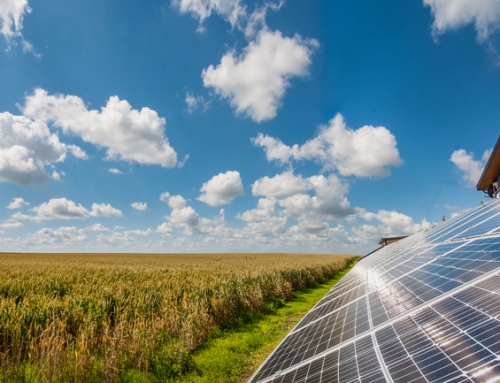

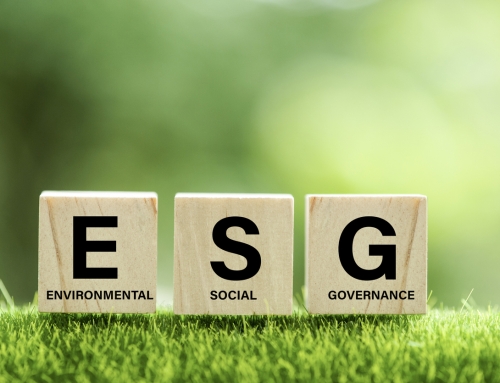
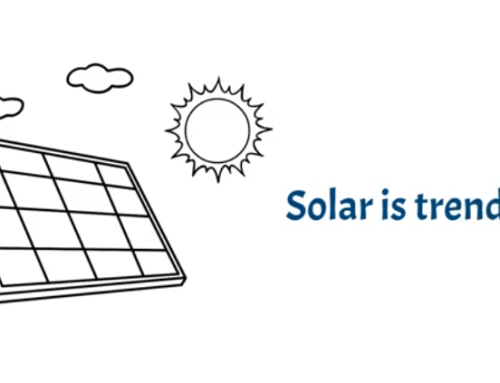
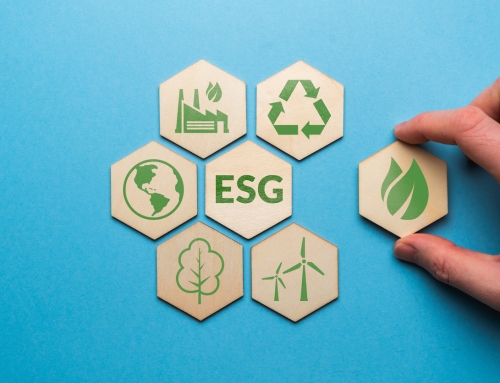
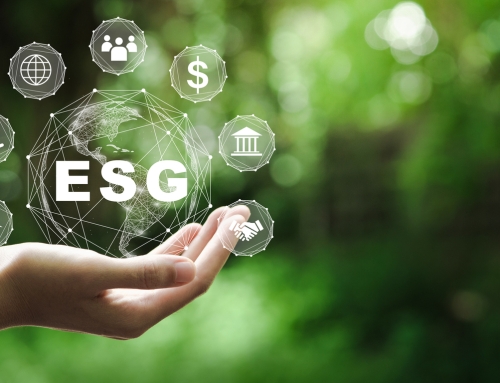

Leave A Comment